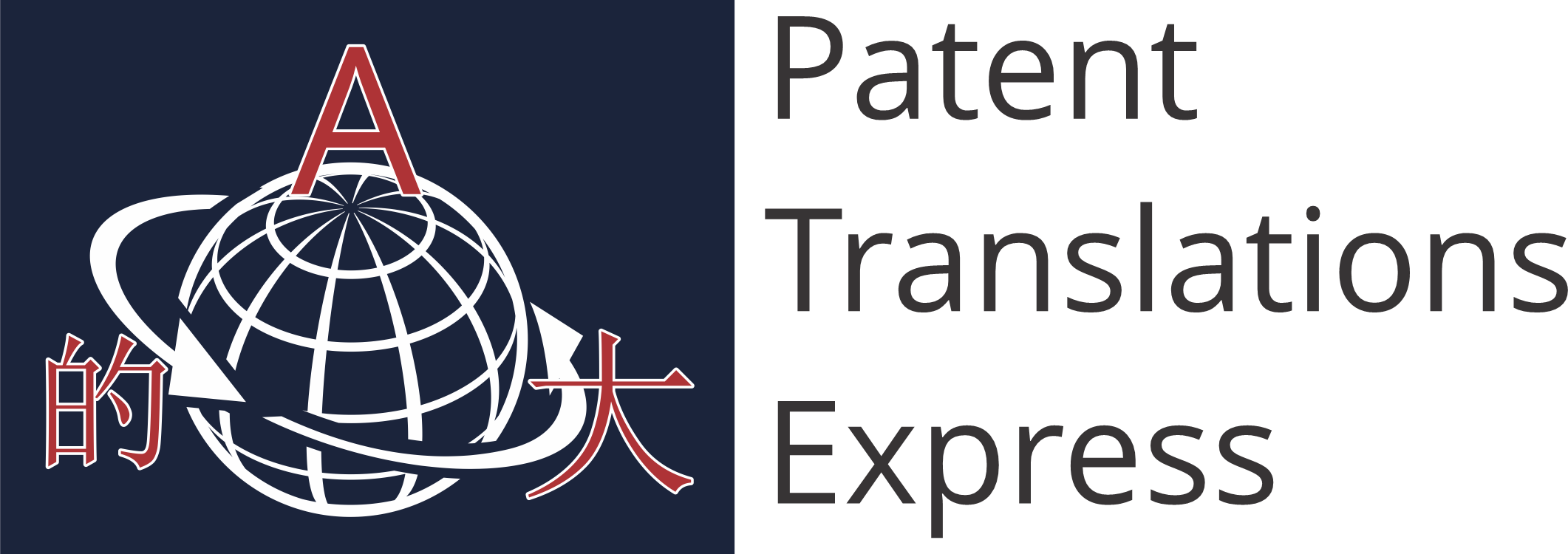Patent translation comprises the translation of special language texts which associate with patent language. However, there are different Patent Translation Challenges that come along with it. Here, translation doesn’t simply mean to translate the content within the patent application from one language to another. There are a number of factors that make this piece of work worse for even, expert translators. For a simple translation, there are only two factors, namely the language and the grammar that matters.
With the widespread emergence of high-speed knowledge transfer and globalization of intellectual property, the patent translation challenges have increased. Patent translators find it increasingly challenging to meet the growing demands of the industry while fulfilling the patent translation standards. There are different complications like overseas filings, subject technicalities, and susceptibilities to domestic patents that impose severe challenges to experts. However, many patent practitioners have put certain preventive measures for Patent Translation challenges.
Related Article: Smart Ways to Cut Costs on Patent Translation
Patent Translation Challenges and Risks
You can find some of the critical patent translation challenges and risks below in detail:
Language and Cultural Differences
The structural and lexical differences for languages and the culture specification vary, in terms of territorial areas. This creates a clear distinction in terms of vocabulary, especially in the use of idioms and collocations.
Hence, translators find some difficulties in translations that can follow clarity in writing style and also grasp the culture. The goal is to bring consistency between the new language data and the previous language data.
Also, translators cannot add or adapt cultural nuances or attempt to clean up the language used in the original document. Therefore, it’s important to maintain consistency within data so that translators can easily state the author-reader conventions. Also, the reader or the client should be able to interpret the right meaning from the application, even after translation.
We suggest that you hire an expert to achieve enhanced translation accuracy.
Terminology Differences
One of the biggest patent translation challenges for translators is translating technical terminology into precise corresponding words. It is important for a patent translator to use specific phrases or words in a foreign language. This is crucial so that it not only satisfies the language standards but also satisfies the relevancy of content and eliminates data ambiguity.
For example, the draft may contain illustrative drawings, figures or renderings. These may be labeled in a certain way at someplace, but it might be different in other places. For that, translators must master wide-ranging unforeseen topics, as well as linguistic proficiency.
Also Read: Poor Patent Translation: Why you must avoid it?
Technical Subject Knowledge
The translator must possess the patent application’s background subject knowledge. Conversion of content into another language is not the only task. Conversion of the content into another language requires technical subject knowledge. The translator must know the technical conventions of the subject and use the correct jargon (if required).
Find out the qualities a translator should possess.
Grammar Differences
Grammatical rules differ from one language to another. The translators and interpreters must possess a clear understanding of the grammatical rule. This is important so that the translator uses correct technical specifications and language boundaries for every application. For example, some countries follow British English rules, while some follow American English rules. Therefore, the translator must follow clear conventions and frame content in that matter accordingly.
Patent Regulation Differences
Another big challenge faced by translators is to understand and implement the legal aspects of the intellectual asset. This is because it varies from one nation to another. Translators must ensure coherence between the laws of different countries. This is crucial to create translations that conform to the legal system of the target audience.
This may involve wide modifications to make the content relevant as well as meaningful for the target audience. On the other hand, translators may also have to deal with challenges caused by the incoherent translation of legal terms. It is better to take the help of a legal attorney to ensure accuracy and avoid legal repercussions.
Also Read: Bad Quality Patent Translation Can Bring Loss of Millions!
Extra Cost Incurred
Sometimes, businesses have to stand extra internal and external costs of patent filing because of incorrect translations. Also, this leads to reducing the boundaries or scope of the application and enforceability. This can make brands vulnerable to further intellectual property risks.
Also Read: Patent Translation and Filing Cost: How To Manage?
Related Article: Patent Translation Techniques: Introduction
Patent Translation Challenges: Preventive Measures
There are a number of techniques that can eliminate or reduce the risks associated with patent translation problems. You can also think of this as the technique on how to make the scientific translation more operative and consistent.
Some of the measures include consultation with other people, back translation, and questionnaires or interviews or tests. These will eventually help the translator to tackle the different patent translation challenges. Consequently, the translator must apply careful judgment and technical experience to ensure an accurate representation. Expertise in the specialized field and linguistic proficiency are the most desirable ones to produce a good-quality translation product.
Related Article: 3 Basic Must-to-Have Possessions of A Patent Translator
Need a Good Translator? – Patent Translations Express
It is absolutely necessary for you to have clear translations when working with patents. Be it translating existing patents or other relevant documents or translating your application. It is pivotal to translate every word without the loss of meaning at any point. Hence, hiring a professional is advisable. A good patent translator can overcome any patent translation challenges that come in the way.
We at the Patent Translations Express, have an exclusive network of native patent translators who are subject matter experts (SME’s) apart from having native language expertise. To avail our Patent Translation Services, visit us.
Other Related Articles:
How to Write a Patent: The Most Important Tips, Tricks, and Hacks
Patent Filing Guide: Every Step Simplified (And Common Mistakes)

